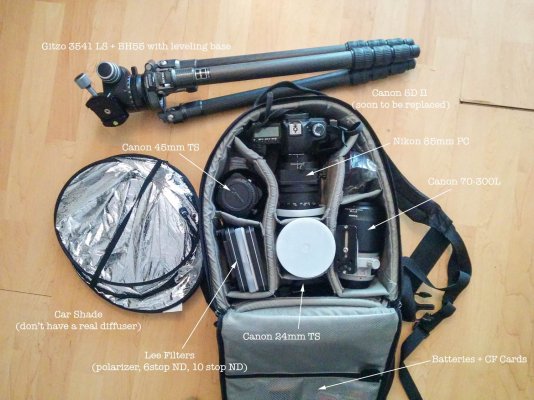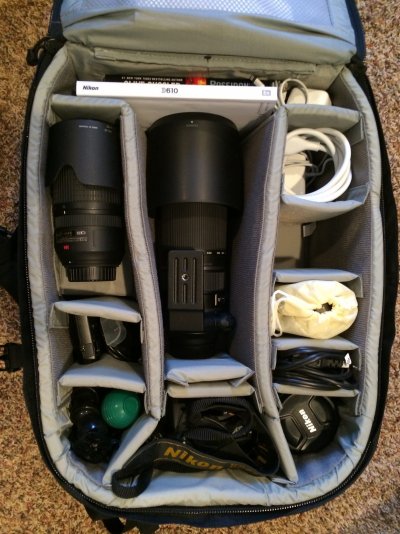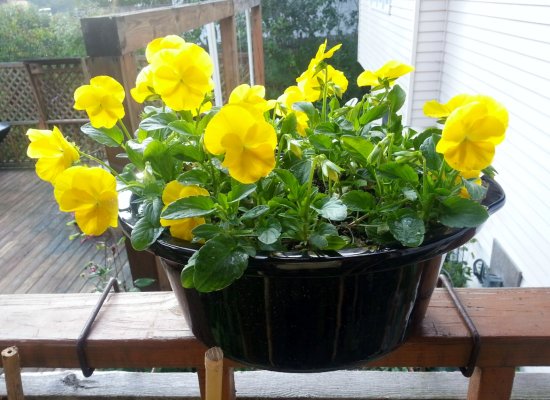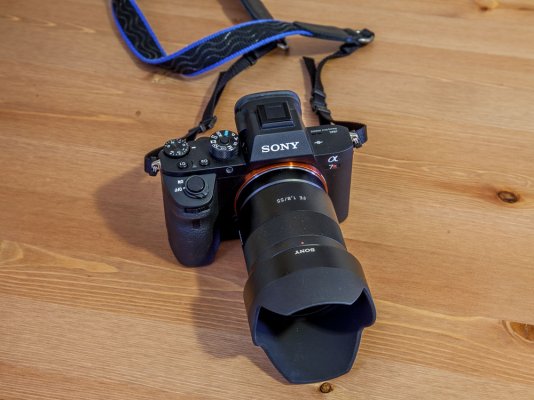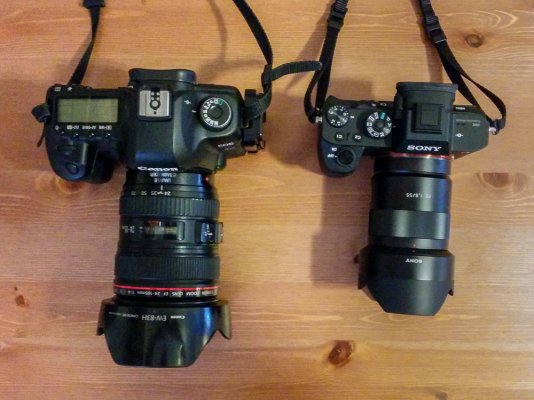Do you own a Canon Point & Shoot? Interested in a zero cost way of unlocking features the hardware supports but Canon excluded from the menus because they figure if you wanted those features you'll buy a more expensive camera?
Features such as:
RAW - CHDK can record raw files, giving you access to every bit of data the sensor saw, without compression or processing. Raw files can be manipulated on the camera, or processed on your PC. CHDK supports the open DNG raw standard as well as Canon's version.
Override Camera parameters - Exposures from 2048s to 1/60,000s with flash sync. Full manual or priority control over exposure, aperture, ISO and focus.
Bracketing - Bracketing is supported for exposure, aperture, ISO, and even focus.
Video Overrides - Control the quality or bitrate of video, or change it on the fly. Extended video clip length - 1 hour or 2GB.
Motion detection - Trigger exposure in response to motion, fast enough to catch lightning.
Edge overlay - Detect the edges in a scene, and display them later. Ideal for timelapses, stop-motion, stereography and much more.
Live Histogram - CHDK includes a customizable, live histogram display, like those typically found on more expensive cameras. (RGB, blended, luminance and for each RGB channel)
Zebra-Mode - Displays under and overexposure areas live on the screen.
and more at
Features - CHDK Wiki
I installed CHDK on my 'always carry' camera, a Canon S-95 and am happy I did. Everything worked the first time.
Does it void your warranty? All evidence, including an email from Canon, says no if you run it from the SD card. (It can be installed over the existing firmware, but that only seems to save a few button pushes.)
FAQ - CHDK Wiki
Cost? Free
Is it easy to install? Yes. Ignore everything but the light purple colored box at the top of this page:
Prepare your SD card - CHDK Wiki
Easy to use? Yes, once you learn how to get into and out of the enhanced menu. That took me 30 seconds.
Is there a User Manual for the enhanced features? Yes
CHDK 1.3.0 User Manual - CHDK Wiki
Is my camera supported? Check the list on the CHDK main page:
CHDK Wiki
What does CHDK stand for? Canon Hack Development Kit. Don't get put off by 'Hack'. Computer wizards did the hacking (in the old school meaning of 'hack' not the newer 'committing illegal acts' sense) so the rest of us can enjoy the result.

